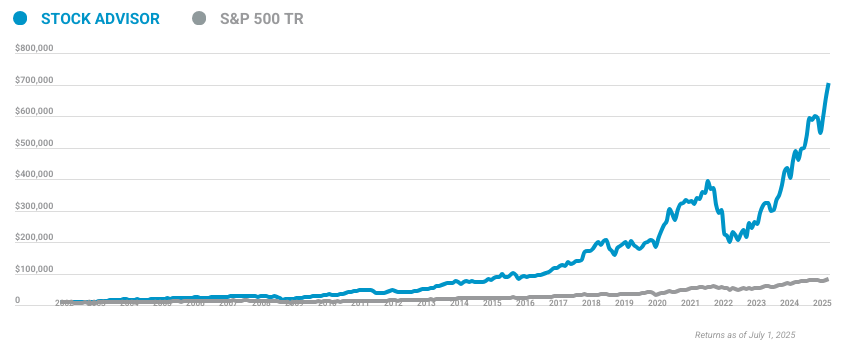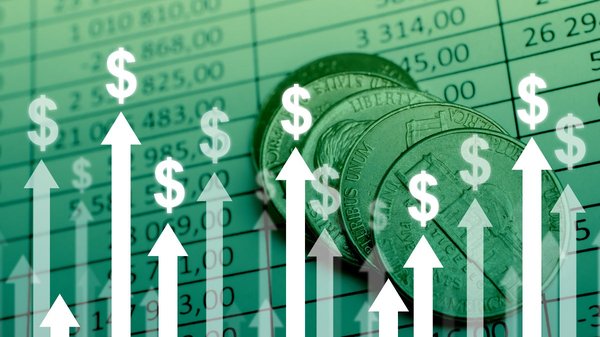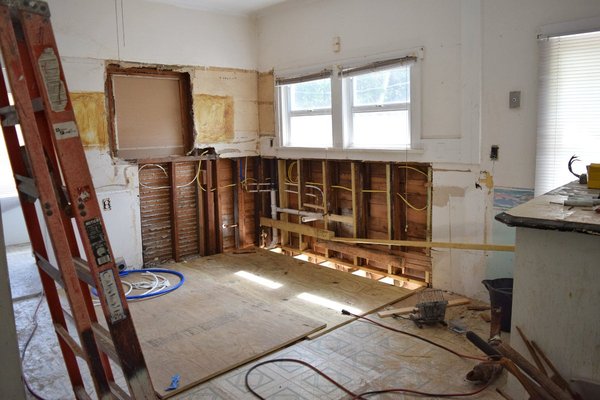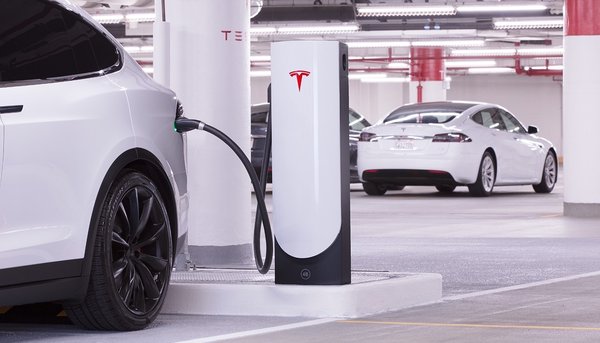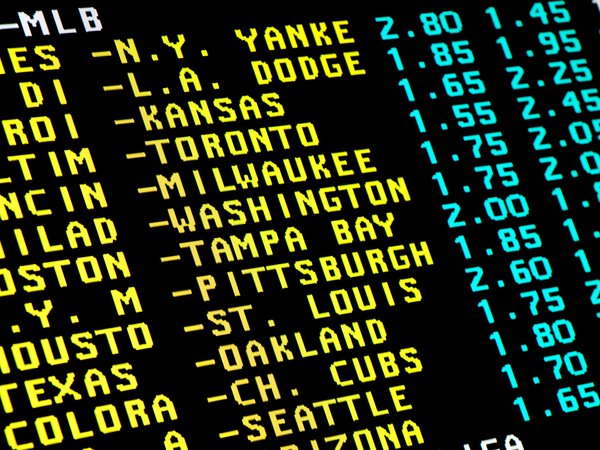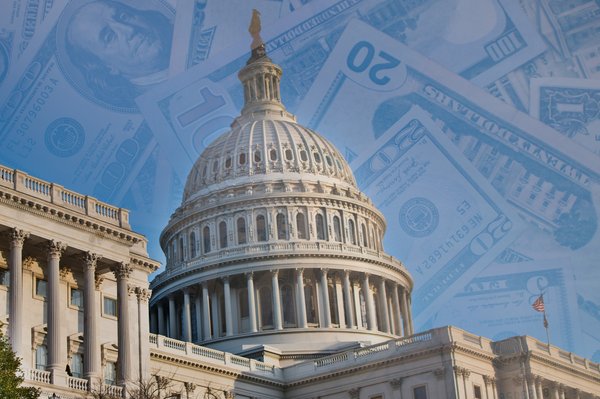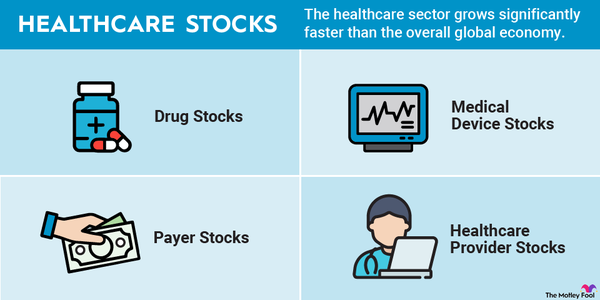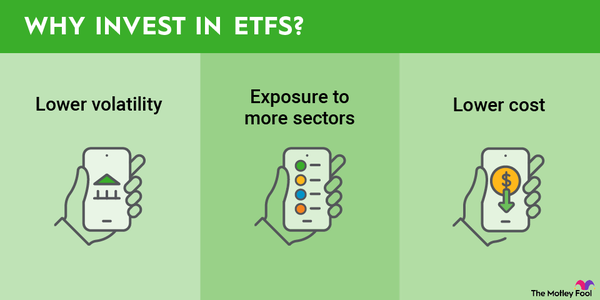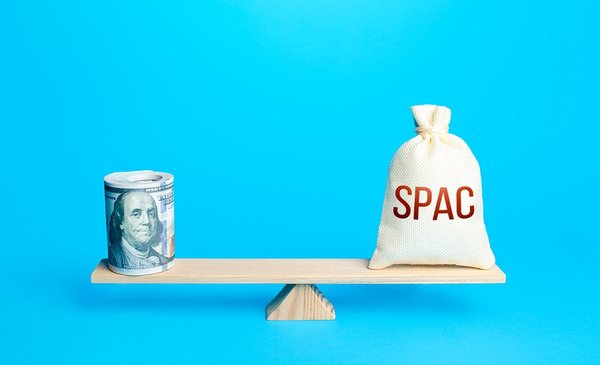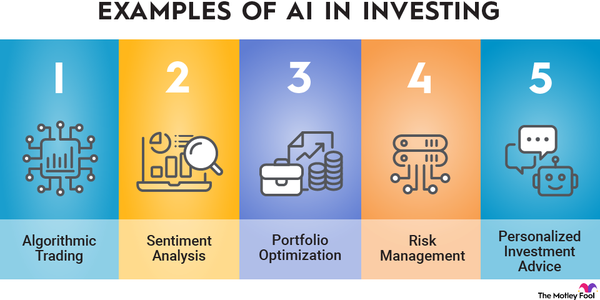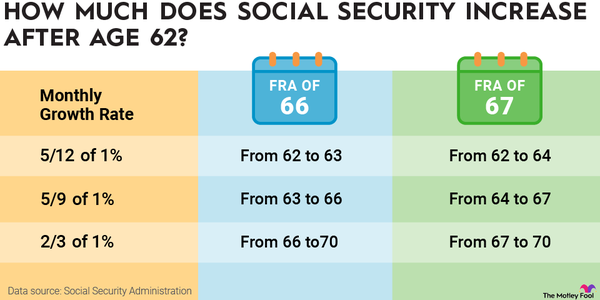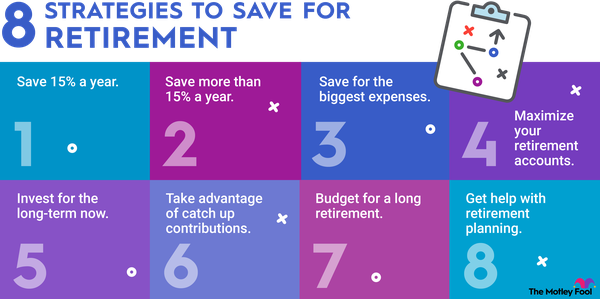More than half of working Americans might not be saving enough for a comfortable retirement, and the most vulnerable are the worst off.
That’s according to multiple studies from financial institutions, retirement researchers in academia, and the Federal Reserve.
Workers are also aware of the retirement savings gap. Nearly 80% of adults think the country is in a retirement crisis, with inflation and market volatility driving their concerns.
Nearly half of working households are at risk of a retirement savings shortfall
Forty-seven percent of working households are in danger of not having enough retirement savings, according to analysis from the Center for Retirement Research at Boston College.
That’s based on the Center’s National Retirement Risk Index, which measures the share of households that are not on track to maintain their preretirement standard of living in retirement. The projection assumes households work until age 65 and annuitize their assets. The share of households facing a retirement shortfall is consistent with findings from previous years.
A higher percentage -- 79% -- of working-age Americans believe the country “faces a retirement crisis,” up from 67% in 2020, according to a 2024 survey from the National Institute on Retirement Security. Their largest concerns are rising costs in general, inflation, and market volatility.
The median retirement account value in 2023 was $87,000. Two-thirds of Americans reported having a retirement account that year, according to the Federal Reserve.
The share of working Americans at risk of retirement shortfall by income and wealth
Lower-income, lower-wealth Americans are most at risk of not accumulating enough retirement savings to maintain their current quality of life, but even a slice of the top earners might fall short as well.
Fifty-six percent of low-income working adults and 45% of middle-income working adults are in danger of a retirement shortfall, per the Center for Retirement Research at Boston College. That’s compared to 41% of high-income workers.
That contrast sharpens when looking at overall wealth. Seventy-three percent of low-wealth workers are at risk of a retirement shortfall compared to 40% of middle-wealth workers and just 28% of high-wealth workers.
| Income group | At risk of retirement shortfall |
|---|---|
| Low income | 56% |
| Middle income | 45% |
| High income | 41% |
| Wealth group | At risk of retirement shortfall |
|---|---|
| Low wealth | 73% |
| Middle wealth | 40% |
| High wealth | 28% |
Driving that disparity is the fact that lower income and lower net worth is correlated with less likelihood of having a retirement account, like a 401(k) or IRA, and those accounts have a much lower value compared to those of higher-income, higher-net-worth workers.
Looking at baby boomers, the majority of whom are at retirement age, paints a clearer picture of the retirement savings gap broken down by income.
Baby boomers in the 75th percentile of earners and below all face a retirement gap in which their spending needs in retirement outpace their projected savings, according to projections from Vanguard.
| Measure | 25th percentile | 50th percentile | 75th percentile | 95th percentile |
|---|---|---|---|---|
| Spending needs | 96% | 83% | 68% | 43% |
| Sustainable replacement rate | 64% | 50% | 51% | 63% |
| Retirement gap | -32% | -33% | -17% | +20% |
The highest earners exceed the minimum projected retirement income through multiple sources of retirement income, like defined benefit savings, defined contribution earnings, and personal savings. Those are funds that lower-income workers aren’t able to contribute to as regularly or at as high a value.
34% of working Americans think they’re on track for retirement
Thirty-four percent of working Americans think they’re on track for retirement, but that share changes significantly based on age, education, and income.
Younger people are less likely to see themselves as on track for retirement and more likely say they don’t know if their retirement plans are in good shape. For example, 26% of those between 18 and 29 believe their retirement savings are on track compared to 38% of those aged 45 to 59. The share that don’t know where their retirement savings plan stands is 25% and 15%, respectively.
The share that don’t believe their retirement plans are on course stays between 47% and 48% from ages 18 to 59, until dropping to 39% among those 60 and older.
When it comes to education, just 8% of those without a high school degree think they’re on track compared to 53% with a bachelor’s degree or higher. Higher educational attainment also correlates with more certainty about retirement planning.
The same story is true for how confident Americans are in their retirement plans when broken down by income. Among those who make $100,000 or more, 57% think their retirement savings plan is on track compared to just 8% of those who make below $25,000. Only 30% of Americans that make between $50,000 and $99,999 see their retirement savings as in good shape. The median income in 2023 was $80,610.
55% of Americans have ever tried to figure out how much they need to save for retirement
Just over half of Americans -- 55% -- have never tried to determine how much they need for retirement, according to FINRA. That estimate is a foundational step in retirement planning.
| Have you ever tried to figure out how much you need to save for retirement? | Percent |
|---|---|
| Yes | 40% |
| No | 55% |
| Don’t know | 4% |
| Prefer not to say | 1% |
That a minority of Americans have calculated their retirement savings needs gives context to the relatively high share of those who don’t know if their retirement savings are on track.
The share of Americans who have tried to figure out how much they need to save for retirement increases with age and educational attainment.
Among Americans 18 to 24, 28% have tried to calculate the amount of savings they’ll need for retirement. That percentage steadily grows to 48% among those 55 to 64 and 53% for those 65 and older.
Looking at educational attainment, 25% of those with a high school degree or GED have projected the amount of money they’ll need in retirement compared to 53% of those with a Bachelor’s degree and 63% of those with a postgraduate degree.
16% of working Americans have no retirement savings
The lack of retirement savings is a major contributor to the retirement gap facing many Americans. Data from the Federal Reserve shows that 16% of working Americans don’t have any retirement assets that could be considered retirement savings.
Two different surveys from the Federal Reserve suggest there’s a large gap in retirement account ownership. According to the 2024 Survey on Household Economic Decisionmaking, 39% of working Americans don’t have a tax preferred retirement account, like a 401(k) or IRA. The 2023 Survey of Consumer Finances found that 46% of households don’t have a retirement account.
Retirement account ownership and value by age, income, education, and race/ethnicity
Breaking down retirement account ownership by demographics reveals a few patterns:
- Retirement account ownership is highest for mid-career households, between the ages of 35 and 54, white Americans, and those with higher income and higher educational attainment.
- Retirement account value is highest for older, higher-income, and more educated Americans. White Americans have a higher median retirement account value than other groups.
The table below shows retirement account ownership and median and average value by age, income, education, and race/ethnicity.
Sources
- Center for Retirement Research at Boston College (2024). “The National Retirement Risk Index: Version 2.0.”
- Federal Reserve (2023). "Survey of Consumer Finances."
- Federal Reserve (2024). "Report on the Economic Well-Being of U.S. Households in 2023."
- FINRA (2022). “National Financial Capability Study (NFCS).”
- National Institute on Retirement Security (2024). “Retirement Insecurity 2024: Americans’ Views of Retirement.”
- Vanguard (2023). “The Vanguard Retirement Outlook: A National Perspective on Retirement Readiness.”
The Motley Fool has a disclosure policy.

